Boroma – From water and stone
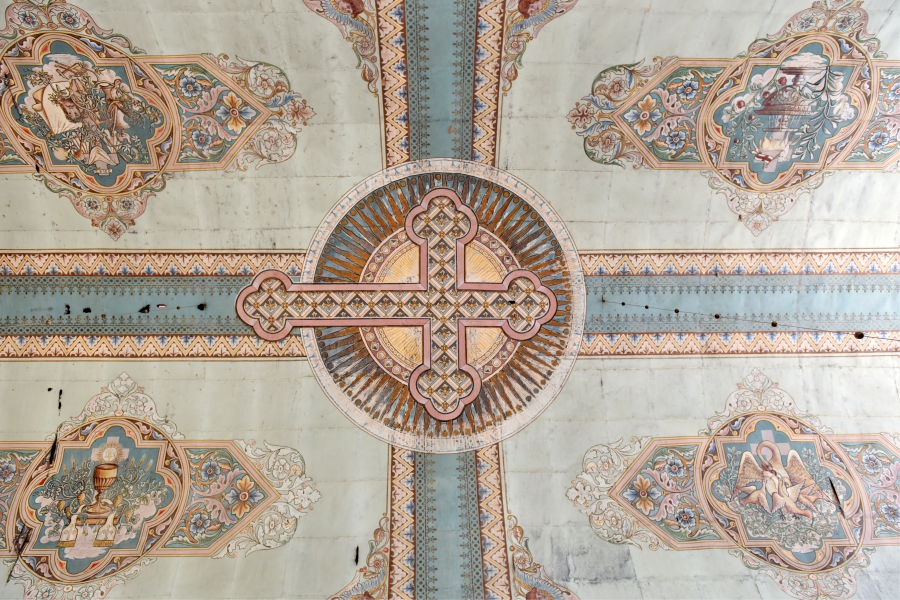
The Church on bare earth, built on the weight of stones over the vegetable matter of memory. But a voice resists, like a whale that emerges, a spasm on the surface, indicating the way from the bottom of the sea. The earth has other gods, the calloused hands of unspeakable magic crumbled, in the nocturnal silence, the first attempts to build the Mission like chalk that does not resist the finger of water. The earth has other gods, experts in the choreography of the trees, the rhythm of the winds, the heat of the flames that set the belly of the river on fire. And from the path of the clouds, always so close to God. It was necessary to decipher the composition of the seashells, caress the hot earth, listen to the voice of the spirits. The rest is history in the trace of the stone that seemed to yield to the whisper of the wind. But, thankfully, it didn’t give in.
Advertising
Founded in 1884, the mission of St. Joseph of Boroma was built by craftsmen forged in the workshops created to serve the works and therefore God, “local people” on a divine mission, directed by Father Luís Gonzaga Baecher, a Bavarian with a degree in architecture and fine arts.
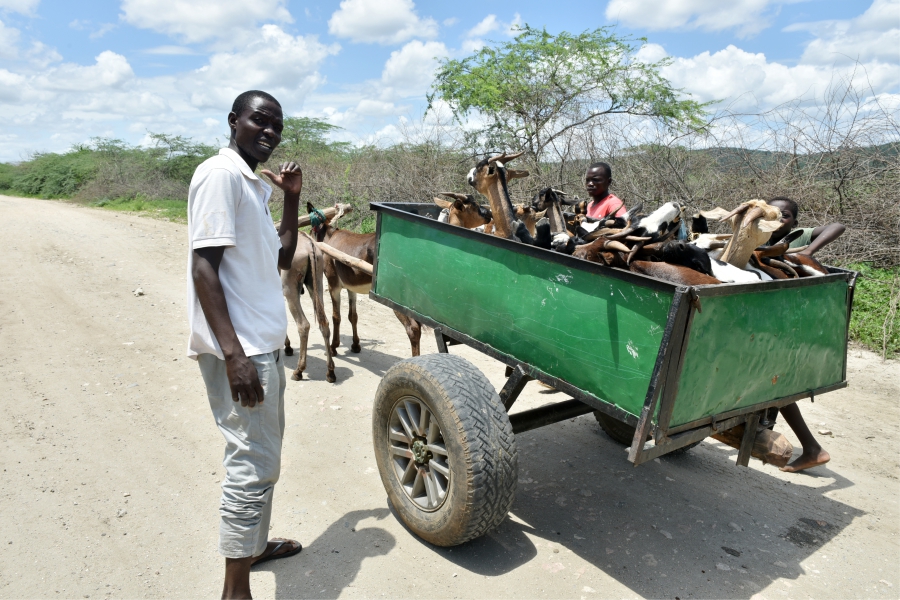
The path leading up to it is a steep climb, with the sun’s rays crossing the trees and drawing silhouettes on the earth. On the horizon, the Zambezi insinuates itself, this large body of water, the colour of night, that drags on in the calmness of legs tired of long marathons. Behind it are five geographies (Zambia, Angola, Namibia, Botswana, Zimbabwe), each with its own language, until reaching here, like an enchanted serpent chasing the sound of the sea. About 2,574 km after the source, the river will be caressed by the great Indian water table.
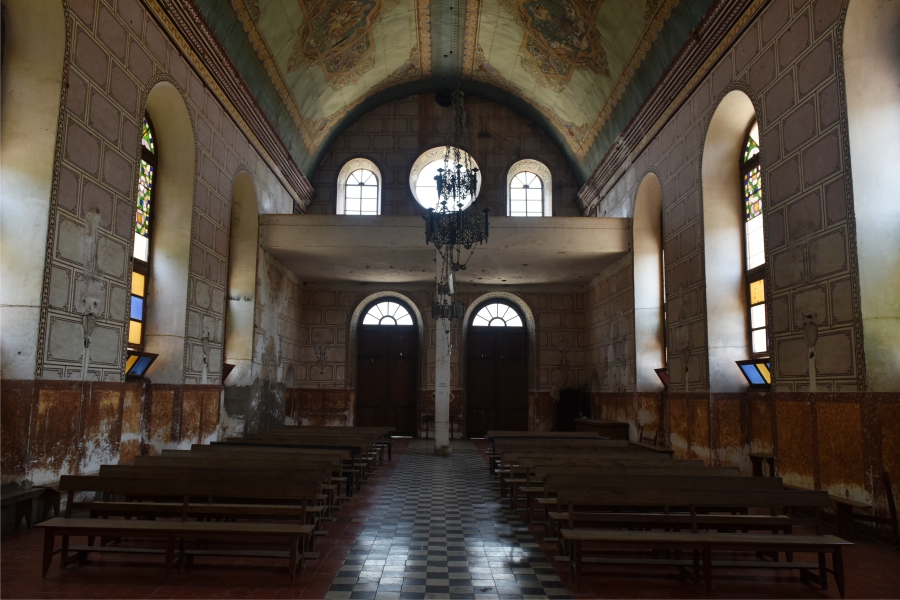
But back to Boroma, the Church. If the exterior, with two towers and a spire topped with the geometry of a real cylinder, stands out like a swan at the top of the hill; the interior is a spreading of wings. A brush seems to have glued tiles to the wall and ceiling, as if lending the colors of a new life, as if the wall and ceiling ceased to have their primary function, to protect from the sun and rain, winds and storms, of animals and of men, of other men. And, suddenly, it becomes a big picture with a story of its own.
Adding to the daze of the beauty is the previous work that the construction of beauty seems to have required. And then we remember “A um poeta” (“To a poet”) by Olavo Bilac, which also applies to a peintre-artist, given over to the sacrifice of days, his body drenched in sweat, his hands numb in the name of the beauty of solitary truth. We think of Jorge Lindhor, the peintre-artist of the interior walls, as we think of Sisyphus, but in a happy Sisyphus – as Albert Camus said it was necessary to imagine. How many trips were required? The painting does not allow mistakes, there is no “delete” or “undo”, after the brush scratches the wall. This is also why the line begins thin and becomes denser, in the choreography of the hands, in continuous comings and goings.
It was Lindhor’s sentence, carried out until he dropped dead after the brush brushed the wall for the last time in the crossing arch, in the center of the ceiling with the movement of the nave. Mission accomplished, the wall dressed in colors that tell stories, now renewed with the restoration work that has been taking place throughout the Church. A great example, when several secular buildings seem to hold up-and-give up corroded by the salt of time.
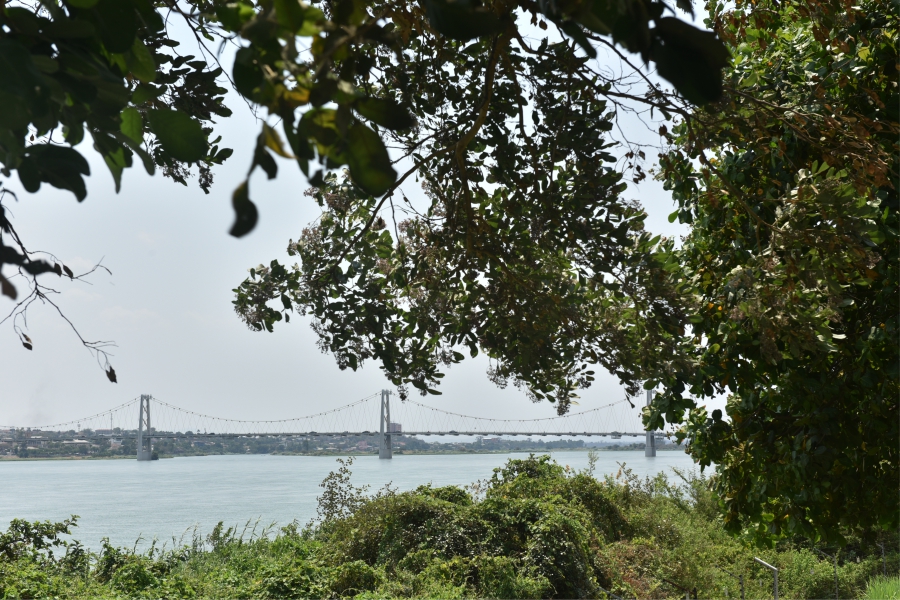
This reportage counted on logistical support from Escopil
▶How to get there
From Maputo, one can fly to the city of Tete, with LAM. From there, it’s a 25km-drive to Boroma.
▶ What to do
The road to Boroma is as fascinating as the destination, with baobabs decorating the landscape, goats that seem omnipresent and a river that crosses the road. But one can also sail along the Zambezi or simply watch the sunset on the banks of the great river.
▶Where to eat
There are a few eateries along the way, with several dishes. But one can’t miss the opportunity to try roasted goat, kongwe or pende fish in all the different ways of preparing them.
▶ Where to stay
With a variety of hotels on offer, one can go for an option in the city center, such as Inter Tete, Ferry Sun or VIP Executive and then enjoy the trip to Boroma.
▶Watch out for
The drive to Boroma requires a 4×4 vehicle. There are also several goats along the way. Tete is a hot city, sunscreen and a bottle of water are always needed.
Edição 78 Março/Abril| Download.
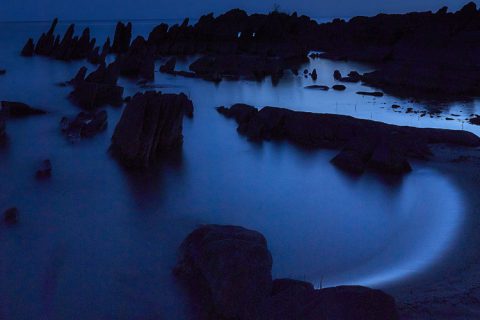
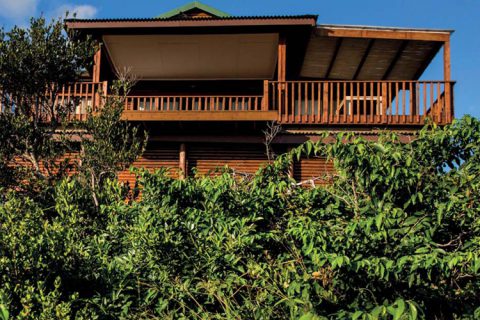



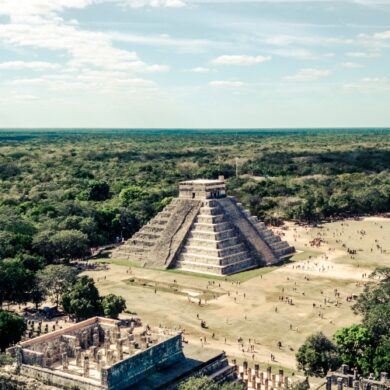
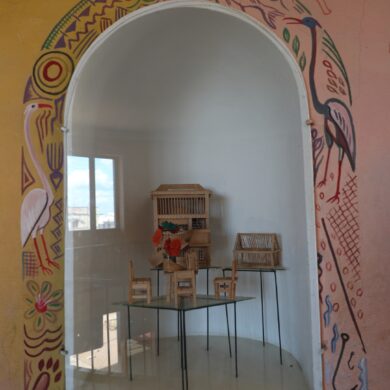
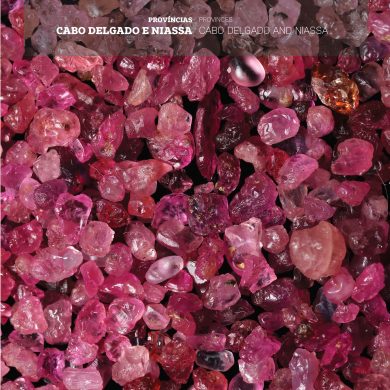
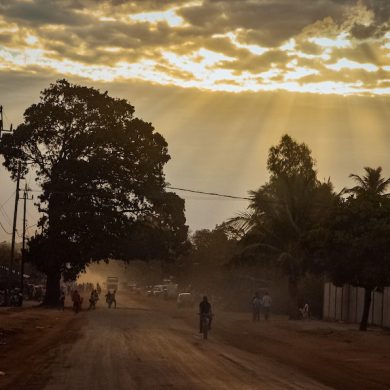
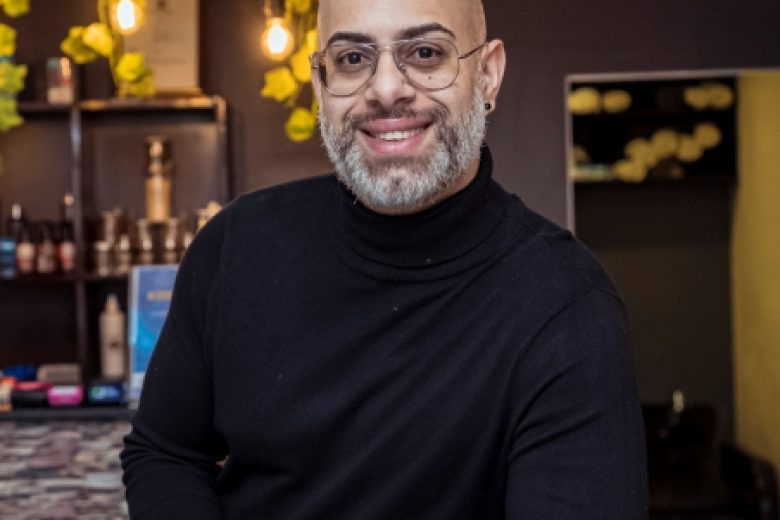
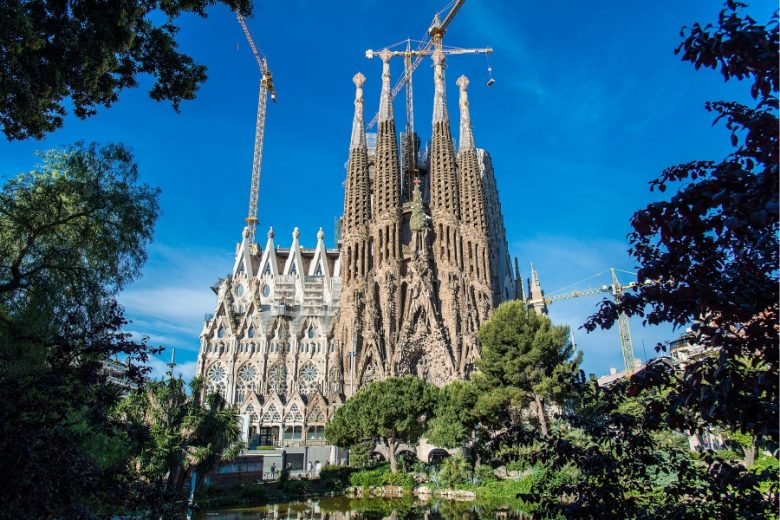










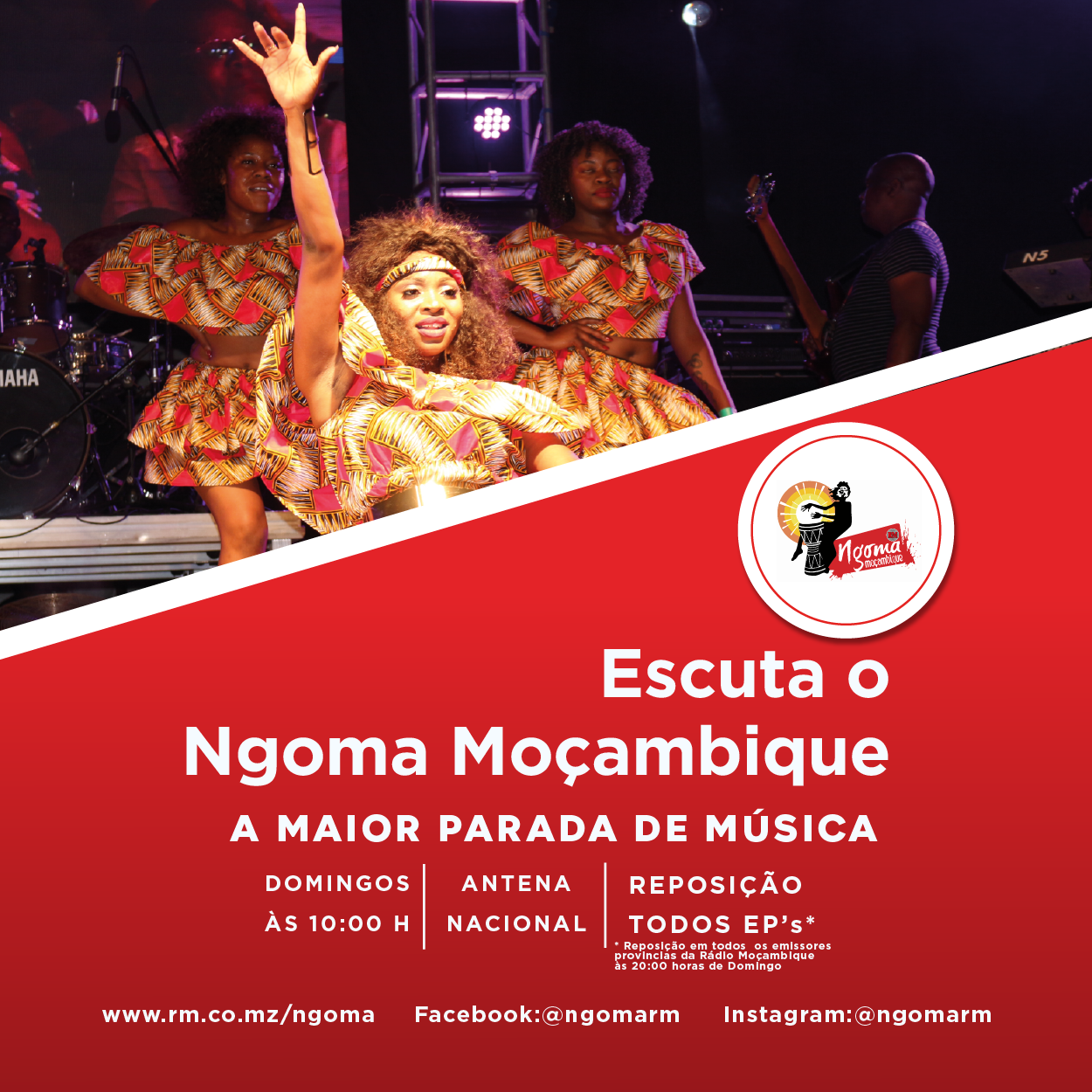
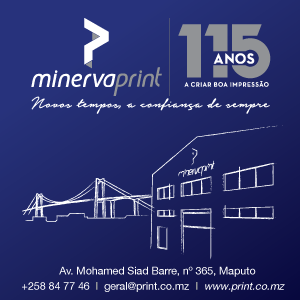





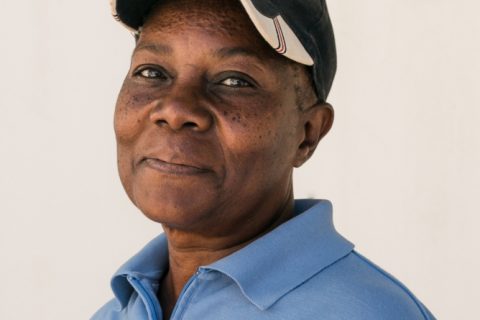
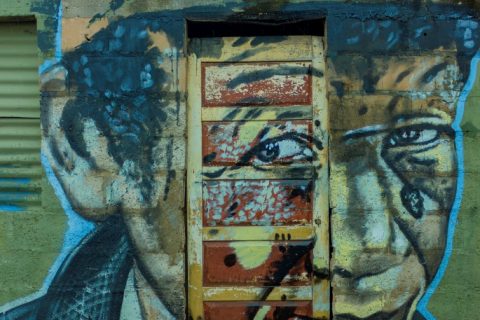

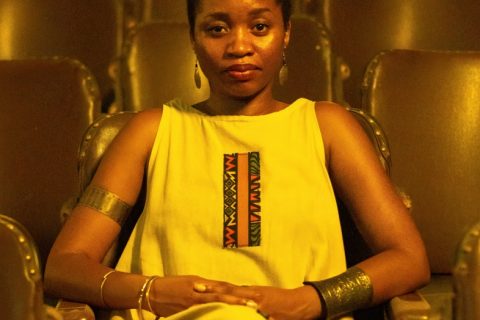
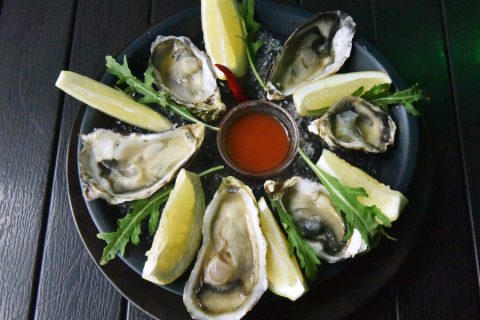
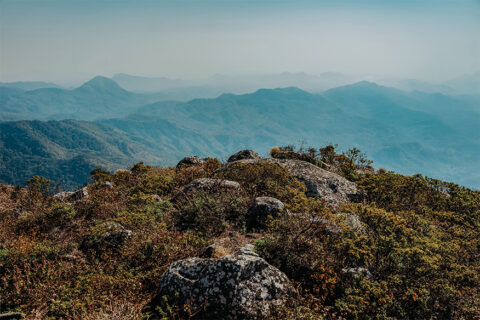


0 Comments